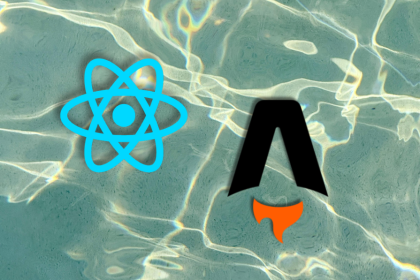
Container queries let components respond to their own layout context instead of the viewport. This article explores how they work and where they fit alongside media queries.

React Server Components vs Islands Architecture: Learn how each reduces client JavaScript, impacts hydration and interactivity, and which trade-offs matter for production performance.

Large hosted LLMs aren’t always an option. Learn how to build agentic AI with small, local models that preserve privacy and scale.

What storylines defined 2025 in frontend development? We power rank them all, from AI advancements to supply chain attacks and framework breakthroughs.
Would you be interested in joining LogRocket's developer community?
Join LogRocket’s Content Advisory Board. You’ll help inform the type of content we create and get access to exclusive meetups, social accreditation, and swag.
Sign up now
8 Replies to "Building microservices in Go with Fiber"
Great tutorial. I found one detail “Final, the app.Listen(“:300″)”. The correct Port in the sample is 3000
Thank you for pointing that out! The typo has been corrected.
Hi, I am new to GO. Just started learning it. I would like to know if Fiber has any advantages over the GIN library from the official documentation? It reminds me all lot of express as well. Except for minor differences it reads the same in your examples. Is there any reason to choose Fiber over GIN?
This is rather a hello world tutorial about Fiber, you have mentioned nothing about microservices.
Thanks for reading and for your comment. The “Hello, World!” example is meant to lay a foundation for the “Building microservices in Go using Fiber” section, which walks through the steps of building a simple microservice with Fiber.
The text list of routes is missing the element ‘post’ in path for retrieve single post
clearly not a micro service
was to comment the same.. they haven’t even shown us how services communicate with each other